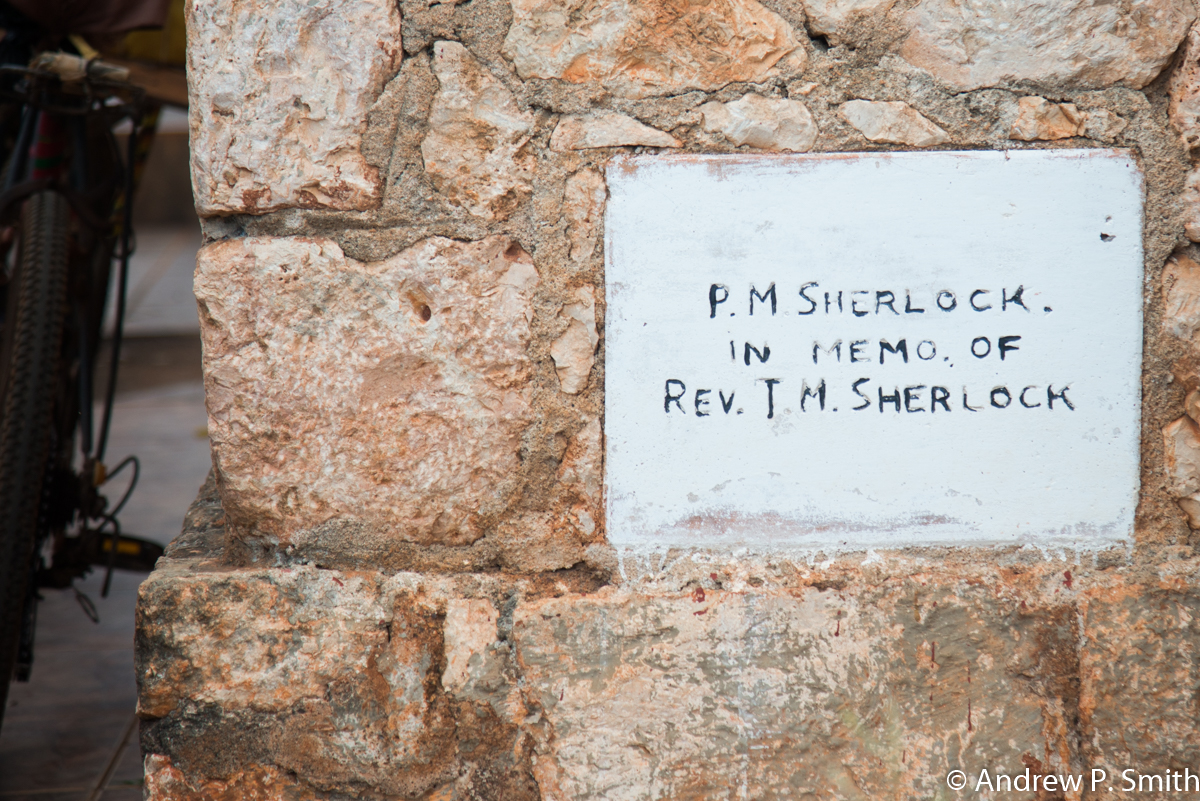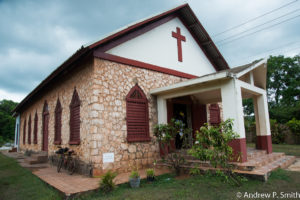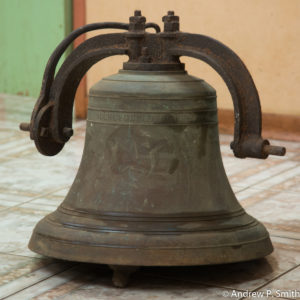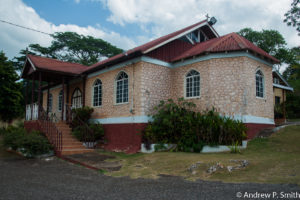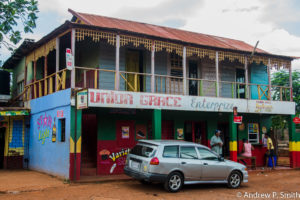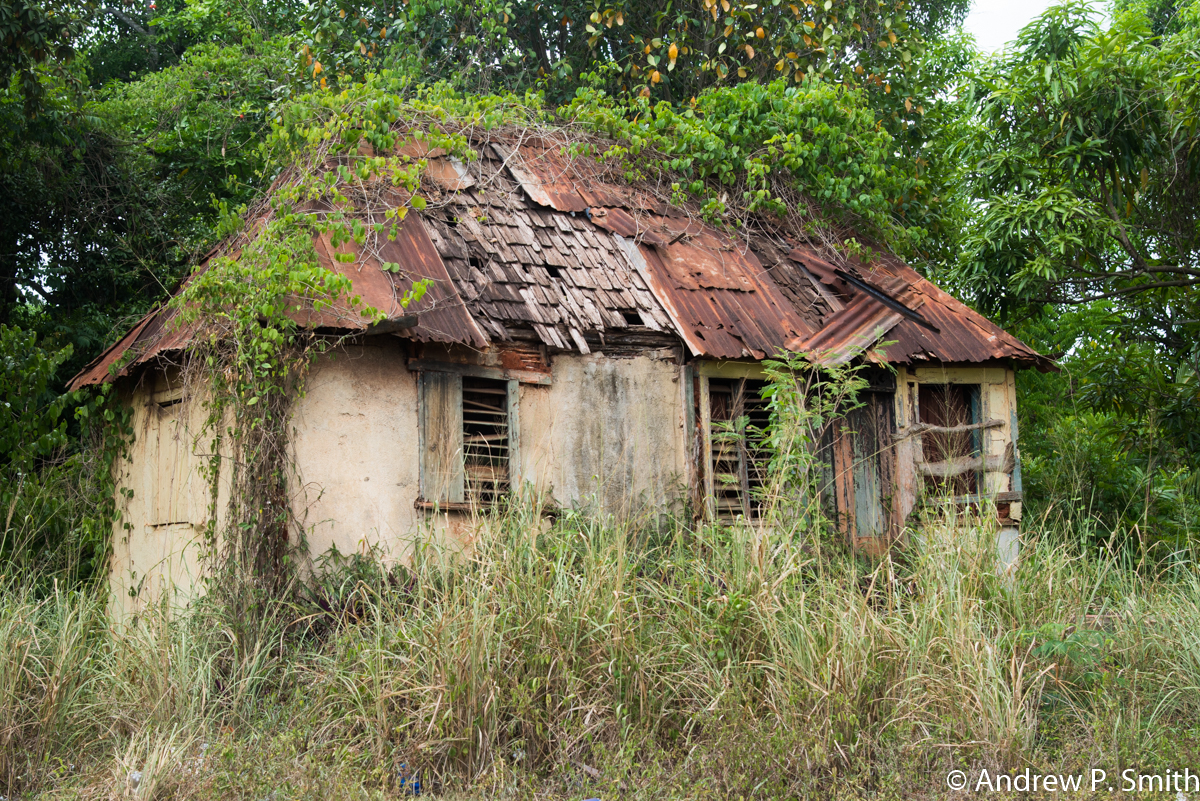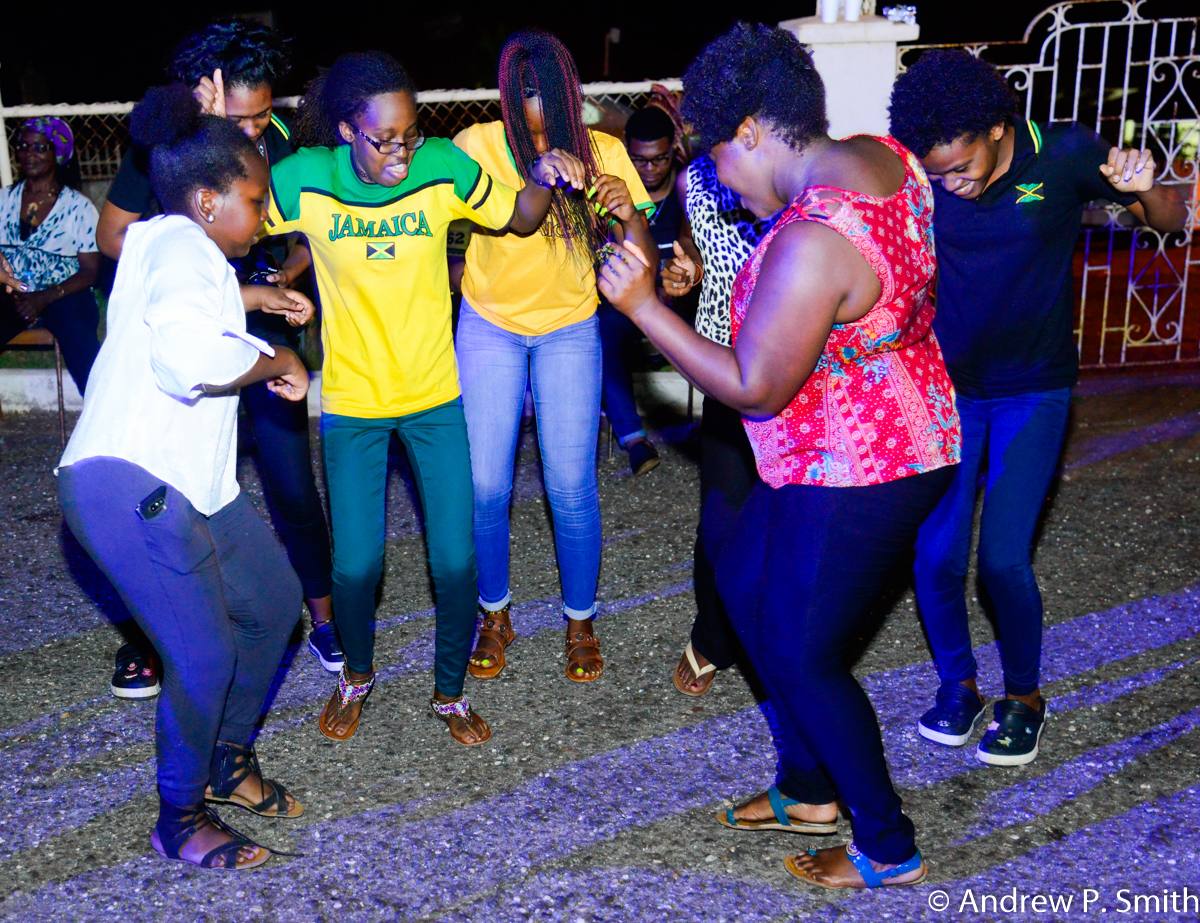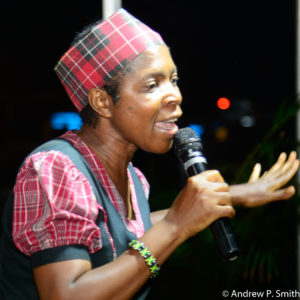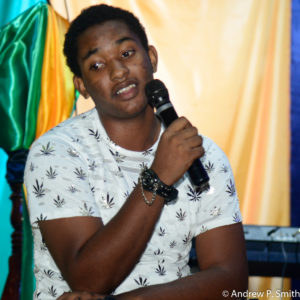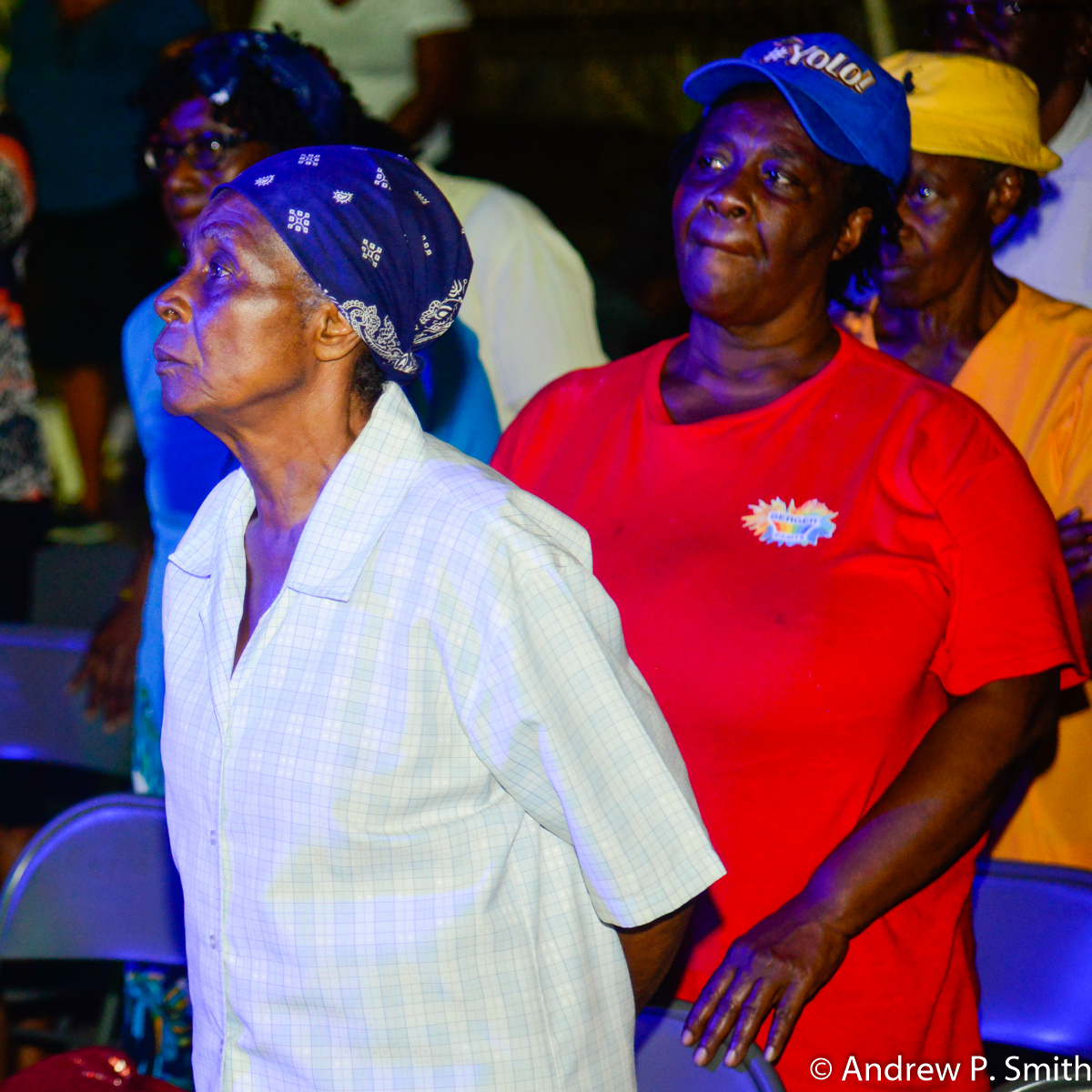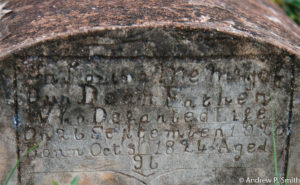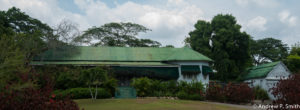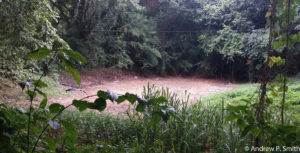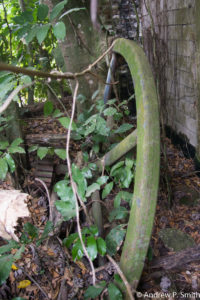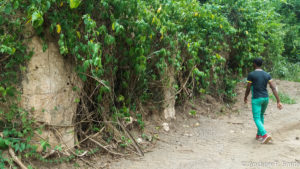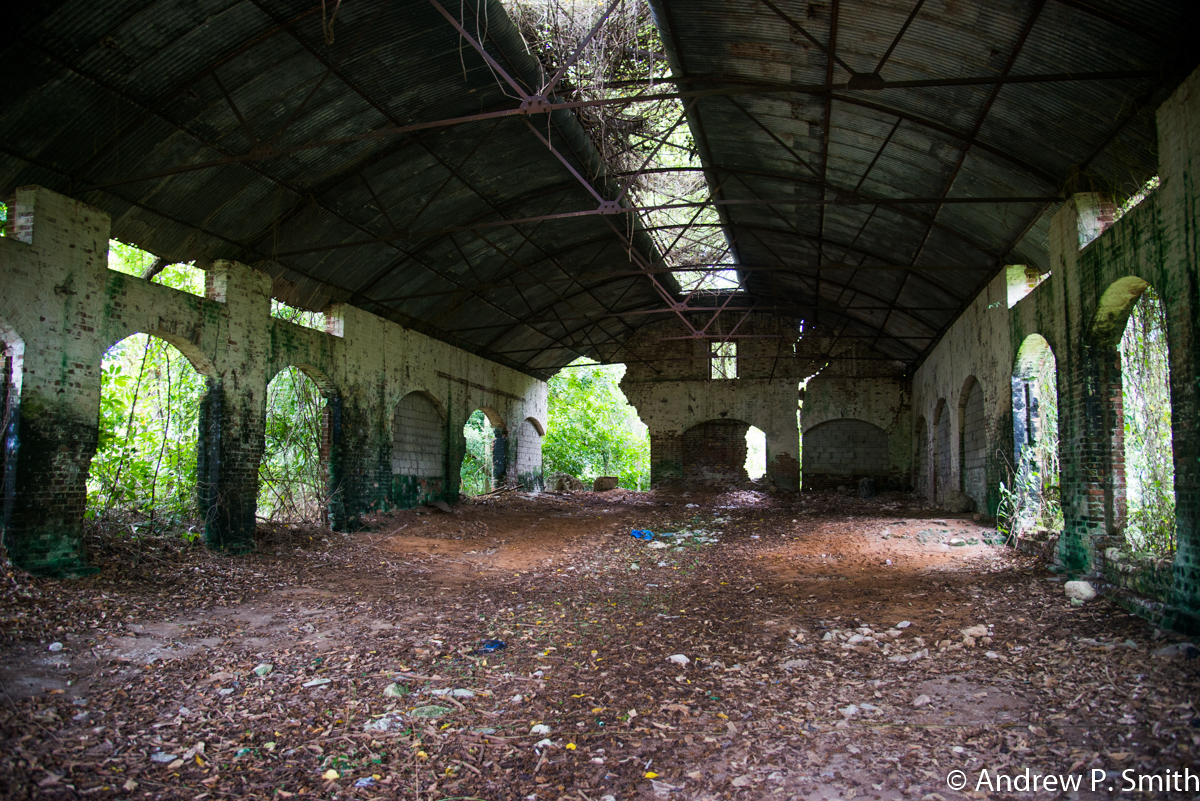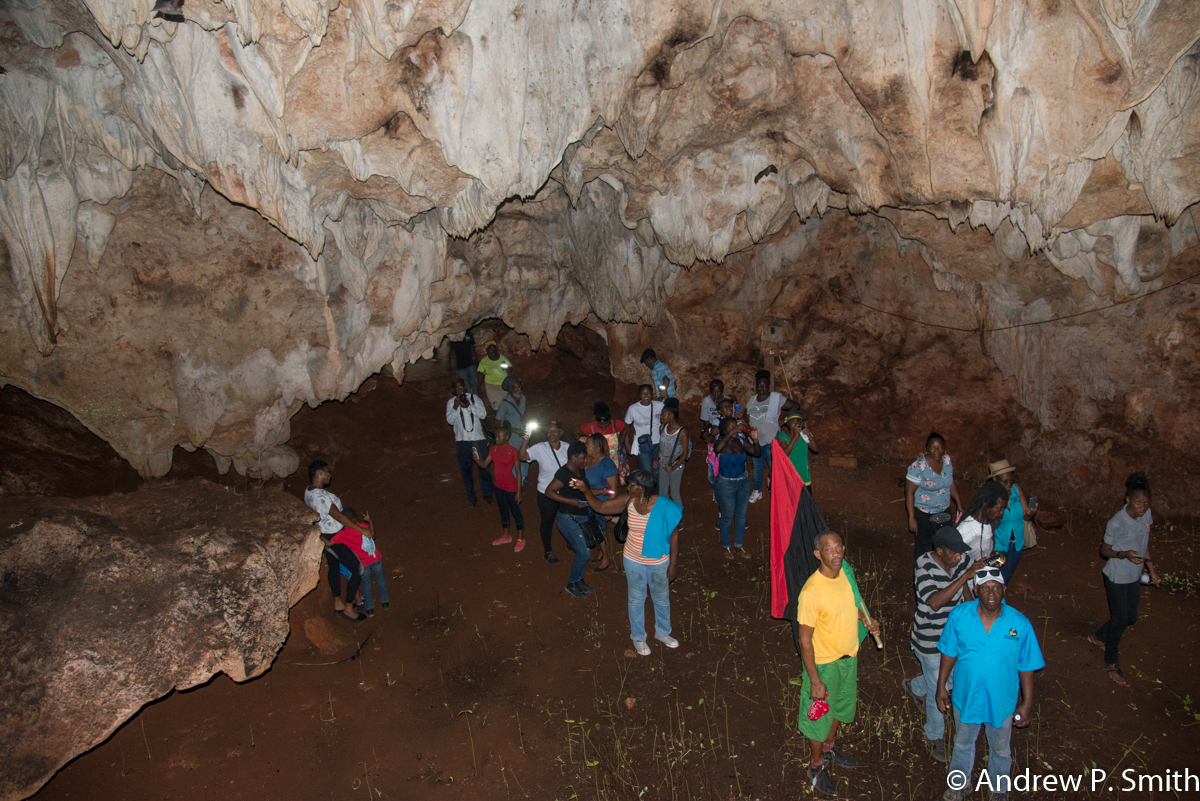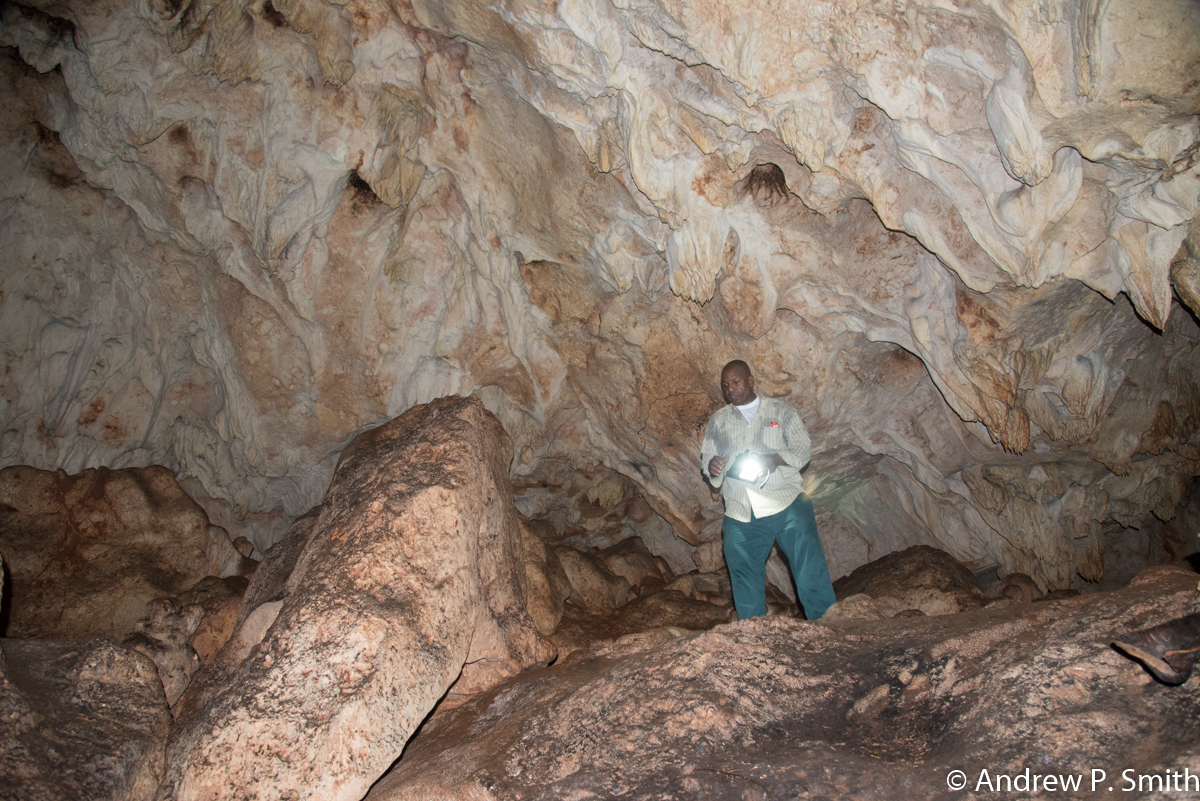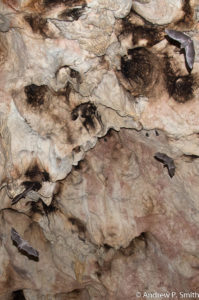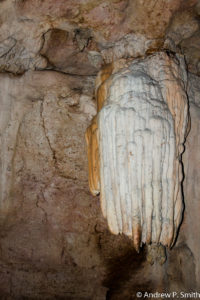A New Year. I promised myself that this year I would do things differently. That started last Saturday when I decided to take a morning walk in the neighbourhood.
Now, I should preface this by stating that we live in the community buffer zone of Jamaica’s Blue & John Crow Mountains National Park. This means that we have the pleasure of living on the border of a UNESCO World Heritage Site while dealing with the need for greater environmental protection of this ecologically sensitive area. These contrasting elements all came to the fore last Saturday morning.
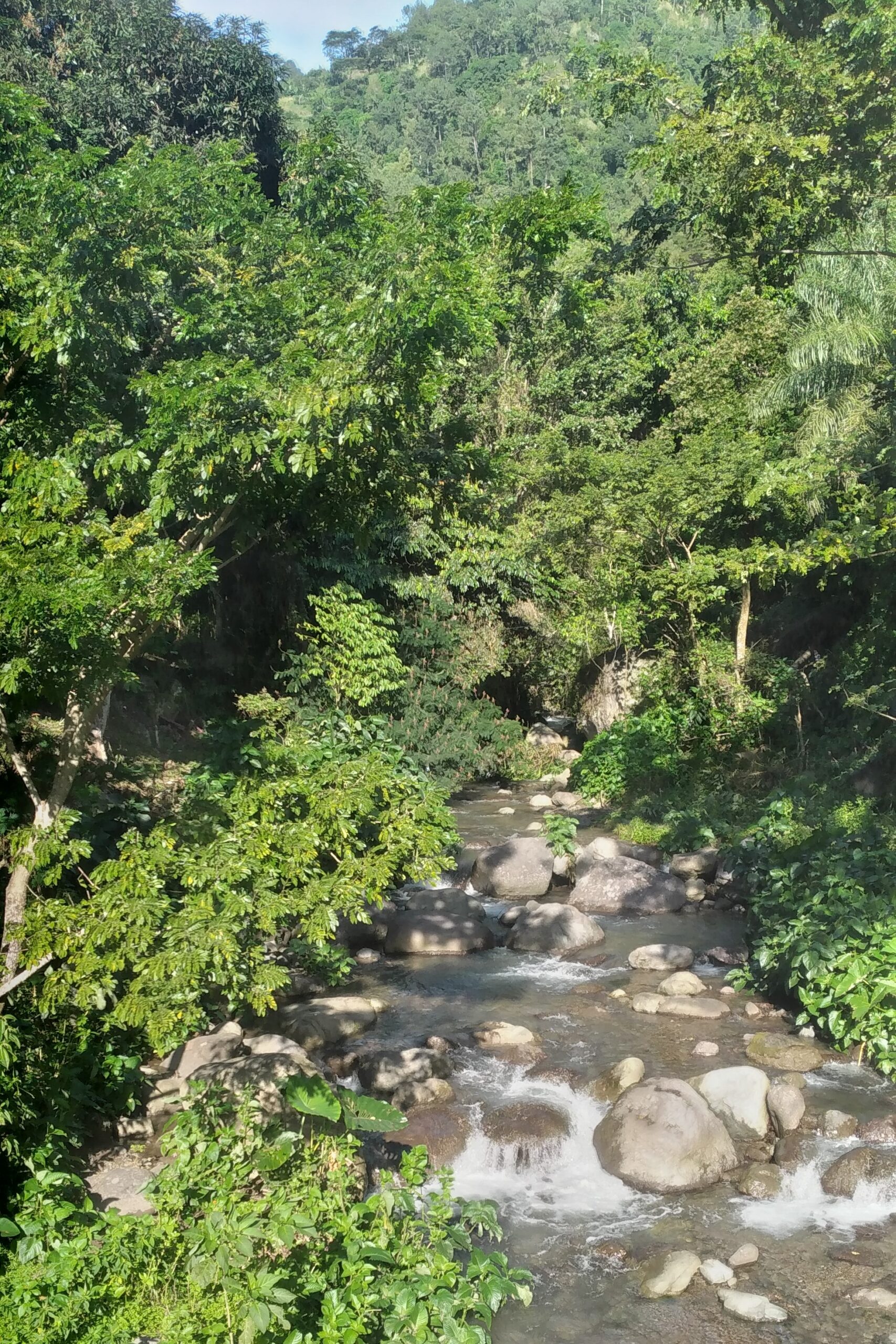
The Hope River bathed in early morning sunlight.
The Plan vs Execution
The plan was for me to follow my wife on her regular Saturday morning neighbourhood walk. This is something that she has been doing for years, and although I enjoy walking in nature, I’ve never joined her because my Saturday mornings are normally taken up with running up and down the hills in which we live. However – new year, new experiences. Plus I had ran the previous day, so I figured I’d use my rest day to go on a quiet walk with my wife. It didn’t quite turn out that way.
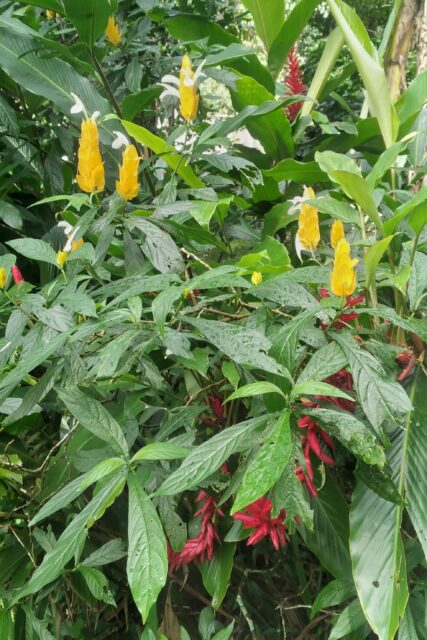
Flowers along the trail
Kingstonians of all ages should be familiar with the “Gordon Town to Holywell” hike. Youth clubs, school and church groups have been using this route for decades to introduce youngsters to hiking in the mountains. We live in close proximity to a leg of this hiking route, and that morning my wife decided that was where we would be walking. Specifically from our community of Redlight to the first bridge on the trail – a distance of 1.5 km. So a planned walk of 3km in total.
The walk was very pleasant. Leaving Redlight and going through communities such as Hopewell we left houses and homes behind. And yes, we did run into a group of young hikers cutting their teeth on the trail. It’s good to see that the Gordon Town to Holywell hike is still a thing. The trail narrowed as we walked along the Hope River on its journey down the mountains to the Mona Dam, which provides Kingston with water. We’ve had heavy rain over the past months – so the flow was heavy and the vegetation was verdant. It was quite enjoyable and we soon arrived at the bridge. The planned turn around point. However my wife saw that I wasn’t quite ready to go back so soon. So we agreed to keep going, with the option that we can turn back at anytime that she wished. So we kept going…and going…and going. Needless to say, 3 km later we had reached Gordon Town.
What kept us going? Just the joy of being out in nature together, exploring and re-discovering God’s creation, located literally at our doorstep. Marveling at the energy that was needed to transport the many massive boulder that were along the trail which towered over us.
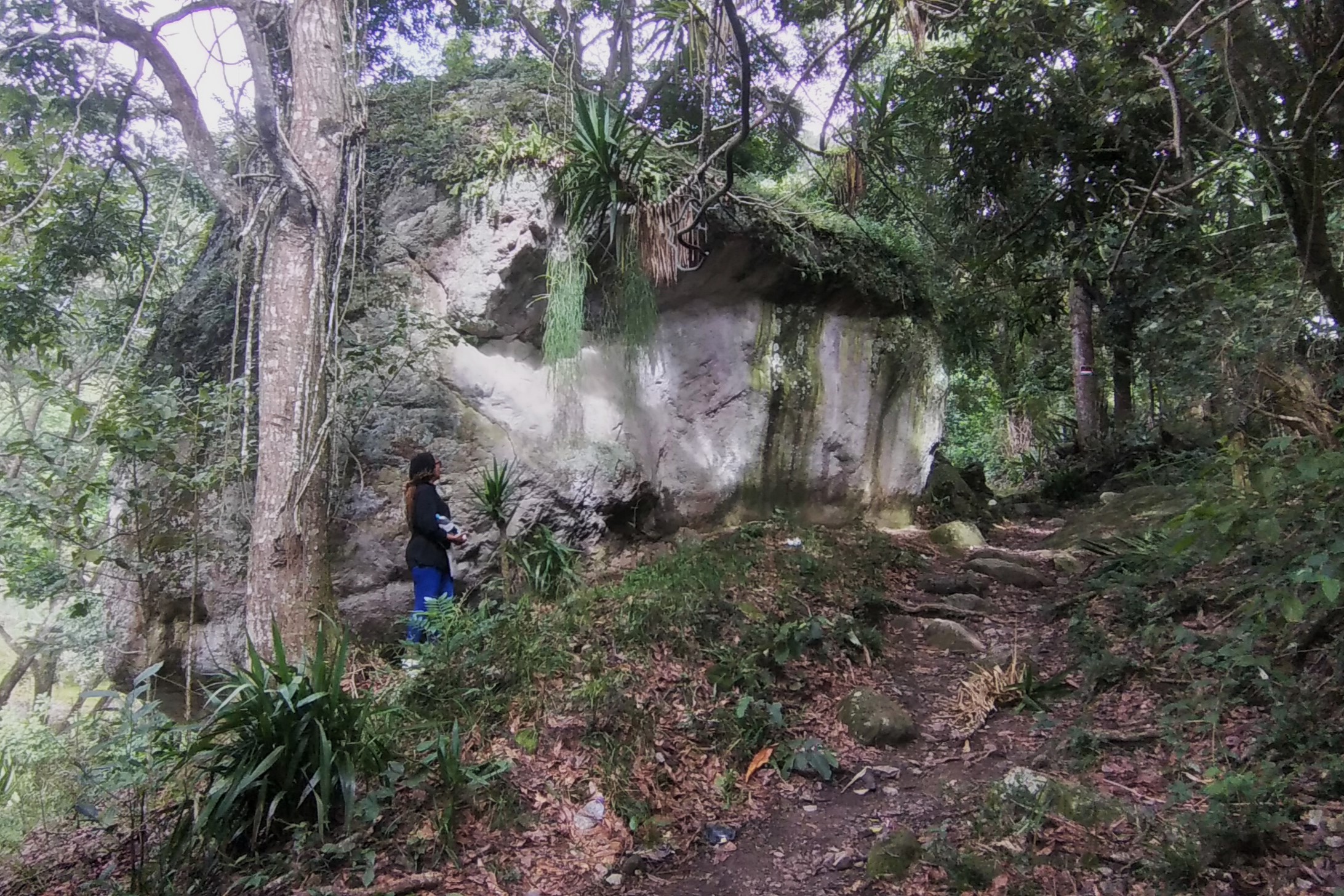
Massive boulders along the trail
It was also an opportunity for me to get back to my hiking – which I haven’t done in a very long time. Which is a shame, considering where I live. So what should have been a short 3 km walk, ended up being a 3 hour, 8.85km hike from Redlight to Gordon Town – and back.
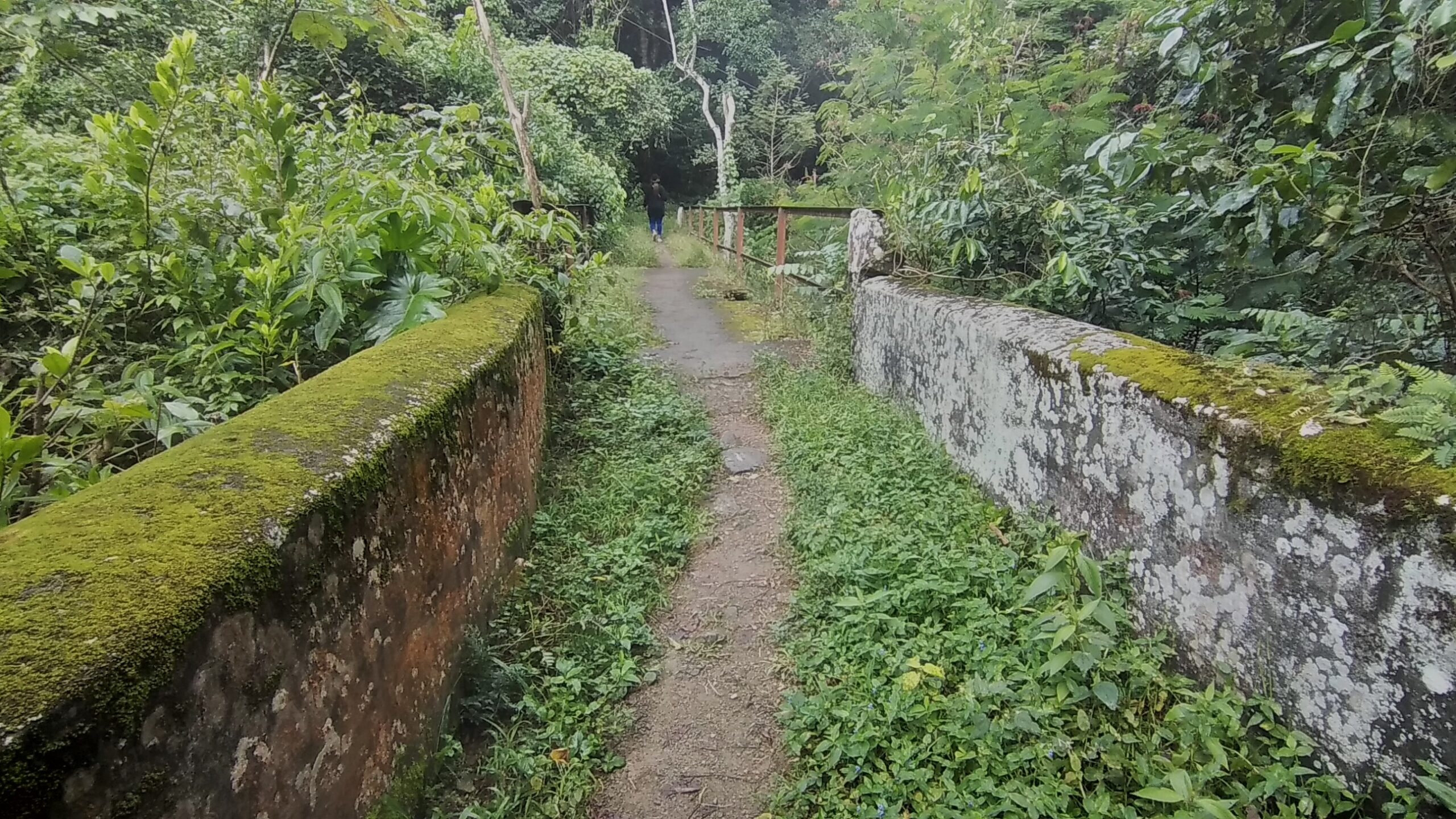
The First Bridge….
Solid Waste Abounds
While we enjoyed the hike, the fact is that communities exist on the banks of this stretch of the Hope River. And where there are people there is garbage. It wasn’t so bad at the upper and mid reaches of the trail, but as we approached Gordon Town, the garbage increased. It was dumped on the trail, burned on the trail, and left in the river and on the banks. Of course it doesn’t stay here. It finds its way downriver into Kingston Harbour and beyond.
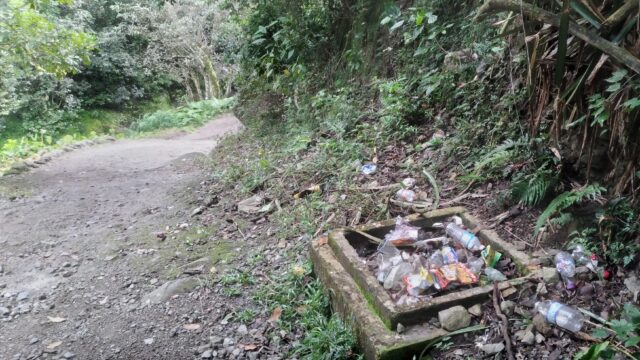
Garbage on the trail
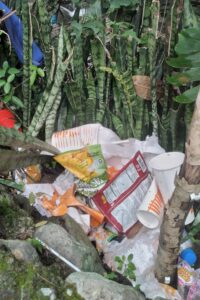
Garbage on the trail
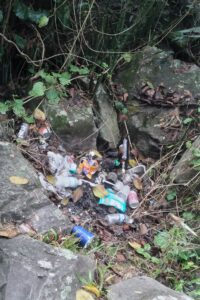
Garbage on the trail
The residents will say that they have no choice – there is no garbage skip in which they can dispose their rubbish, and the solid waste management authorities do not collect from these locations. However, there must be a way whereby this garbage can be properly disposed of and collected. This would go a long way to reducing the eye-sore along the trail and the solid waste that reaches the Caribbean Sea.
I’ve been trying to convince my students that while beach clean-ups are all well and good – and dare I say “sexy” – I believe that tackling the issue up river at the source can also alleviate the situation. We just need willing participants to clean up the Hope River.
If this is done, the trail could be the basis of a community tourism enterprise based on hiking and the natural wonders of the trail on the periphery of a UNESCO World Heritage Site.
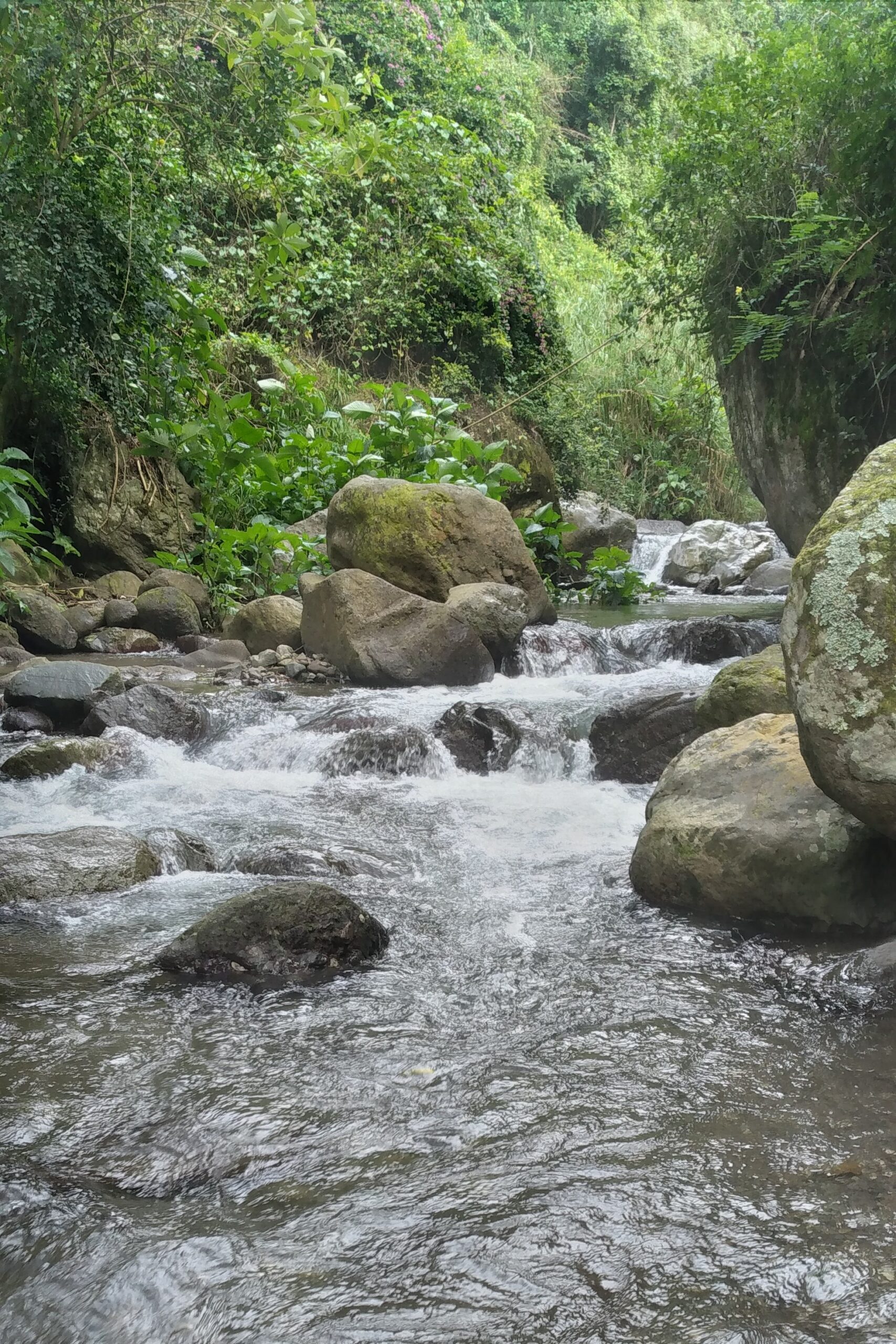
The Hope River provides water for Kingston and St. Andrew
